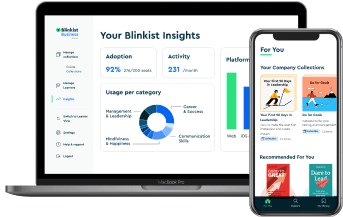Take a second to think about the role artificial intelligence plays in your daily life. Any time you ask Siri what the weather’s like, watch a YouTube video with automated captions, or send a handy email response Gmail has provided, you’re interacting with AI.
There are so many different applications for AI, yet we’ve still only scratched the surface of its potential. AI is destined to become an even greater part of our daily lives with the internet of things, or IoT. This technology enables everyday objects to be fitted with computers that can transmit data back to the companies that created them. Picture a smart refrigerator that can keep track of food expiration dates and order new groceries for you once you run out.
While tools like Siri or smart fridges are useful tools for the day-to-day, AI could eventually help us do so much more. Think self-driving cars that eliminate road accidents – or smart mining, which would increase safety in one of the world’s most dangerous professions. AI could even eliminate highly contagious viruses like dengue fever. In fact, Microsoft is already working on an AI-powered trap which can target and kill mosquitos carrying that particular virus.
In all the examples we’ve discussed so far, you might’ve noticed that AI isn’t affecting our lives in ways that science fiction films of the past predicted. In other words, AI isn’t destined to result in a robot uprising. This is because AI is simply a tool that humans have created, and it requires humans to implement it. Of course, that isn’t to say that AI can’t perform certain tasks much faster and more efficiently than humans. Both artificial and human intelligence have their particular strengths and weaknesses. Keep this in mind next time you hear someone warning that AI’s capabilities will soon overtake our own.
So, we now have a snapshot of what AI is capable of and how it’s changing the world in general. In the next two blinks, we’ll look at the unique challenges AI and other digital technology present to the business world specifically. After that, we’ll examine the SUPER framework – the author’s model for uncovering the ways AI can assist businesses.



